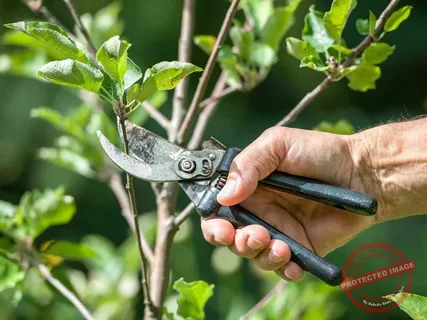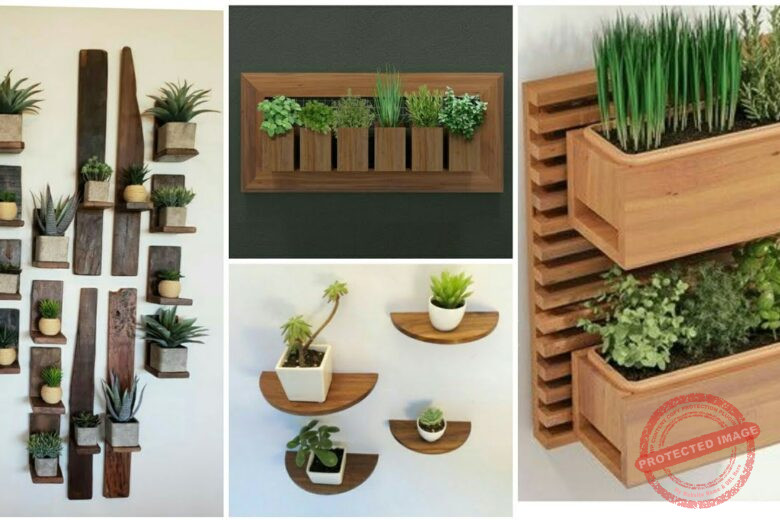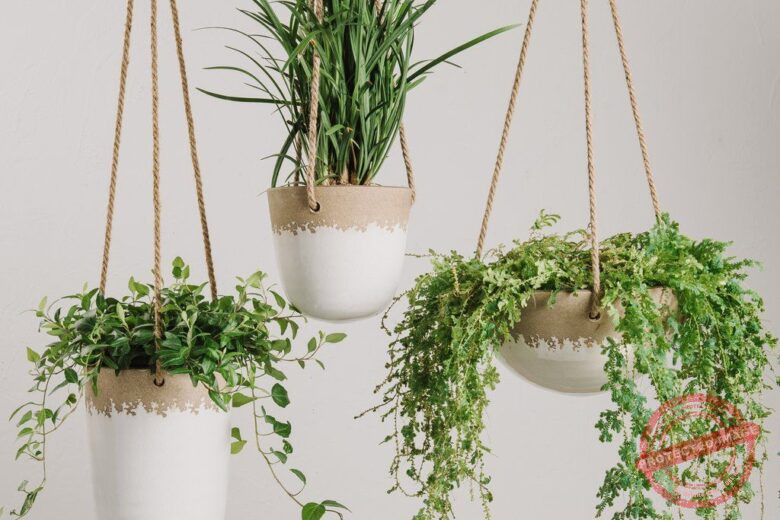Gardening has a funny way of making you fall in love with plants you never thought you’d care about. When I first planted canna lilies and dahlias, it wasn’t because I had some big plan or design in mind. Honestly, I picked them up because a neighbor swore they were easy to grow and would add “a splash of drama” to my garden beds. At first, I didn’t believe her. But when those tall, fiery canna stalks started to wave in the wind and the dahlias bloomed into giant pompoms of color, I knew I had stumbled onto something special. These two plants are not just flowers—they’re storytellers.
Now, I know what you might be thinking. Aren’t cannas tropical? Don’t dahlias take too much effort with all that lifting and storing in winter? Yes and yes. But the truth is, with the right know-how and a little grit, both canna lilies and dahlias can thrive in a backyard garden, even if you’re working with average soil and a tight budget. If I can keep them happy in my patch of land that struggles with clay and heat, you can too. The secret lies in understanding what these plants really want, and once you get the hang of it, they’ll reward you with color that can stop folks in their tracks.
Growing canna lilies and dahlias side by side is a treat for any grower. They both demand attention in different ways, yet they complement each other beautifully. Dahlias, with their endless range of shapes and shades, bring elegance and charm. Cannas, on the other hand, bring boldness with their tropical foliage and towering presence. Together, they create a garden scene that feels alive, a kind of partnership I like to call the “canna companion effect.” It’s like having two friends at a dinner party—one tells great stories, and the other lights up the whole room. Why not invite both into your garden?
Understanding Canna Lilies
Canna lilies are often mistaken for true lilies, but they’re not related. They’re tropical perennials, known for their lush, banana-like leaves and vibrant flowers in shades of red, orange, yellow, and pink. In warm climates (zones 8–11), they grow year-round. In cooler places, you can treat them like annuals or lift the rhizomes and store them for winter.
Cannas love sun. They’ll tolerate partial shade, but if you want big leaves and constant blooms, give them at least 6 hours of full sunlight. Their rhizomes (those fat, underground stems) like rich, moist soil. Think of them as heavy feeders—like that cousin who always goes back for seconds. If you give them compost and water regularly, they’ll reward you with lush growth.
Understanding Dahlias
Dahlias are a different story. They’re tuberous perennials and come in every size imaginable, from button-sized pompom blooms to dinner-plate flowers that measure a foot across. They’re show-stoppers and yet surprisingly approachable once you get the rhythm of their care.
Dahlias need full sun and well-drained soil. Unlike cannas, they don’t like soggy conditions. In fact, if you plant them where water sits, you’re asking for rot. They’ll start blooming in mid to late summer and keep going until frost. And while they demand a bit more effort—staking tall varieties, pinching young plants, digging tubers for winter storage—the payoff is worth it. A garden full of dahlias can feel like walking into a candy shop.
Planting Cannas: Step by Step
Start with healthy rhizomes. Look for firm, plump pieces with at least one eye.
Plant them after frost danger has passed, usually late spring.
Dig holes 3–4 inches deep, spacing rhizomes about 18 inches apart.
Cover with soil, water well, and wait for those bold shoots to emerge.
One thing I’ve learned: cannas respond well to mulch. It keeps the soil moist and warm, just how they like it.
Planting Dahlias: Step by Step
Choose healthy tubers with at least one eye (it looks like a little bump).
Plant them in late spring once soil warms up.
Dig holes 4–6 inches deep, spacing tubers 18–24 inches apart.
Don’t water until you see growth above ground—too much early moisture can rot them.
If you’re planting tall varieties, go ahead and install stakes or supports at planting time. It saves you trouble later when those stems shoot up.
Canna Companion Effect: Growing Them Together
Cannas and dahlias may not seem like natural partners, but trust me, they complement each other. Cannas add height and drama, while dahlias bring endless color and texture at mid-level. Plant cannas at the back of a bed and dahlias in front—it creates a layered look that feels lush without being overwhelming.
I once planted a row of red cannas behind orange and yellow dahlias. Neighbors driving by slowed down to take photos. That’s the power of pairing the right plants. The canna companion approach works not only for beauty but also for practical reasons. Cannas provide a bit of wind protection for dahlias, which can be fragile in storms.
Watering Needs
Cannas: They like consistent moisture. Think damp but not swampy. A drip irrigation system or soaker hose works wonders.
Dahlias: Keep soil evenly moist but avoid sogginess. Deep watering once or twice a week is better than frequent shallow watering.
A good rule of thumb: if the top inch of soil feels dry, it’s time to water.
Fertilizing Tips
Cannas: Feed with a balanced fertilizer every 4–6 weeks. Compost tea or aged manure works just fine.
Dahlias: They prefer low-nitrogen fertilizers (too much nitrogen gives you leaves, not flowers). Look for blends marked for blooming plants.
I’ve had great results sprinkling bone meal in the hole when planting dahlia tubers. It gives them a strong start.
Dealing with Common Problems
Every plant has its headaches. Here’s what you’ll likely run into:
Cannas: Japanese beetles love the leaves. You can hand-pick them or use neem oil. Also, keep an eye out for canna leaf rollers (pesky caterpillars that roll the leaves).
Dahlias: Slugs, snails, and aphids are common. Staking is also key—tall dahlias will flop without support.
And let’s not forget diseases. Both plants can suffer from rot if the soil stays too wet. Good drainage is your best friend.
Overwintering Cannas and Dahlias
In warm climates, you can leave both in the ground. In colder areas, it’s a bit of extra work, but not hard.
Cannas: Dig up the rhizomes after frost, shake off the soil, and store them in peat moss or sawdust in a cool, dry place.
Dahlias: Dig up the tubers, cut back the stems, and store them in a similar way. Check occasionally for rot or shriveling.
I keep mine in an old basement corner. Every winter, I feel like I’m storing treasure for the spring.
Real-Life Scenario: The First Bloom
One summer, after planting my first batch of dahlias, I wasn’t sure I’d done it right. They took forever to sprout, and I worried I’d wasted my money. But then one morning, there it was—a single, bright pink bloom that looked like it had been painted by hand. My daughter came running across the yard yelling, “Dad, look at that flower!” That’s the kind of moment that makes the digging, the staking, and the slug battles worth it.
FAQs About Growing Cannas and Dahlias
Q: Can I grow canna lilies and dahlias in pots?
Yes, both do well in containers. Just choose large pots, use good soil, and water regularly.
Do I need to deadhead the flowers?
For cannas, it’s optional but helps them look tidy. For dahlias, yes—deadheading encourages more blooms.
Can I leave them in the ground over winter?
If you’re in USDA zones 8–11, yes. In colder zones, you’ll need to dig and store them.
What’s the best canna companion plant?
Dahlias, ornamental grasses, and zinnias all pair beautifully.
How long do the blooms last?
Cannas bloom from midsummer until frost. Dahlias often start later but bloom until the first frost hits.
How-To Section: Creating a Show-Stopping Bed
Pick a sunny spot with at least 6 hours of light.
Plant cannas at the back for height.
Layer dahlias in front for mid-level blooms.
Fill gaps with zinnias or marigolds for continuous color.
Mulch well, water deeply, and feed consistently.
You’ll end up with a bed that not only looks stunning but also draws pollinators like hummingbirds and bees.
Final Thoughts
Growing canna lilies and dahlias is like having two very different but equally exciting friends in your garden. One brings boldness, the other elegance. Together, they create a space that feels alive and welcoming. Sure, there are challenges—digging tubers, fighting pests, or remembering to water—but the rewards are bigger than the effort. Every time I walk past my canna companion bed, I feel grateful I took the plunge.
So, are you ready to bring the bold and the beautiful into your garden this season?



